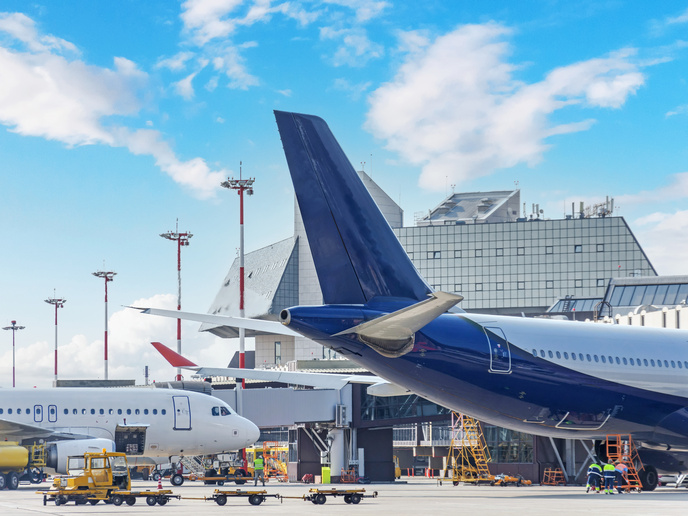A model for accurately predicting the aerodynamic performance of a critical aircraft component could lead to more efficient and greener airplanes in the near future.
Aerofoils – which include wings, fins, propeller blades and helicopter rotor blades – are the surfaces that enable an aircraft to fly. On a typical airplane, the aerofoil’s shape is designed to take advantage of the positive lifting action from air passing around the wing.
The plane goes up if the forces of lift and thrust are more than gravity and drag – the force that resists movement of an aircraft through the air.
“The wing contributes one third of the total drag of an aircraft”, explains MONNALISA project coordinator Franco Auteri from Milan Polytechnic in Italy. “Optimising the shape of the wing is therefore critical to aircraft performance, through being able to reduce drag”.
Less drag means less fuel burned, and less CO2 and other pollutants emitted into the atmosphere.
Similar reasoning also applies to the tail. While the surface of the tail is smaller, achieving optimal performance can also contribute to operational efficiencies.

